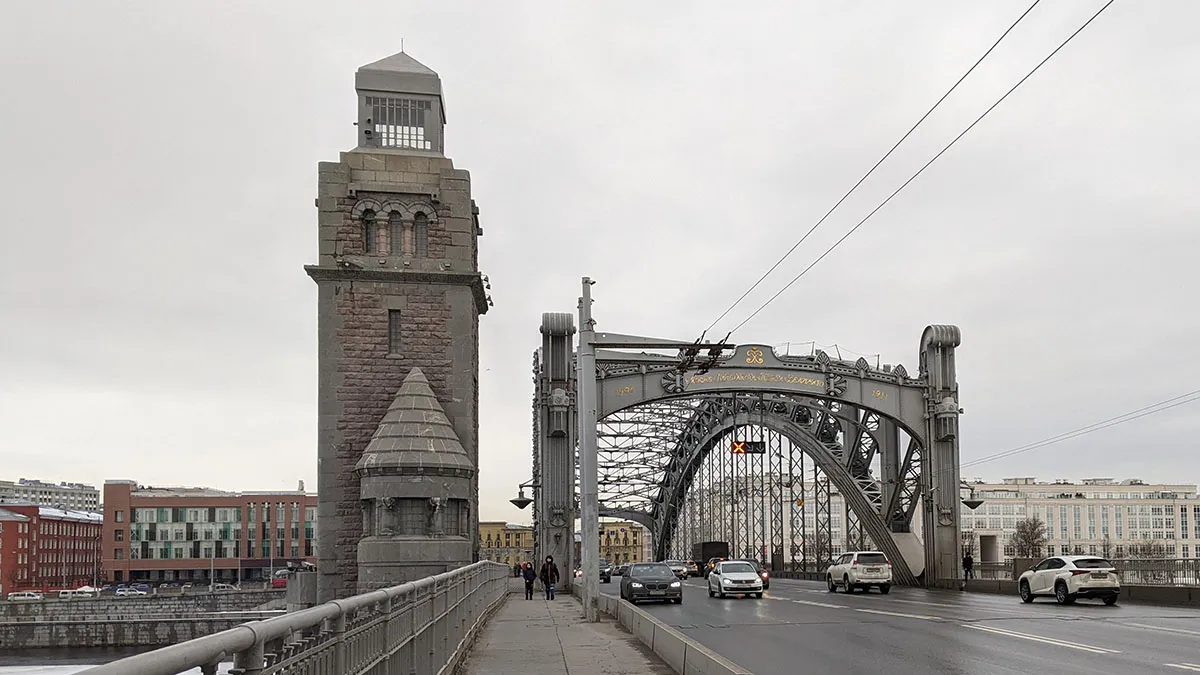
Greetings, friends! Today I invite you to join me in crossing the Neva River over the bridge of Emperor Peter the Great. This bridge connects the right and left banks of the Neva River near the Smolny Monastery. For a very long time there were no bridges in this place, it was only possible to cross the river by boat. Therefore the river banks in this place were built up at different times. On the left bank you will see historical buildings, many beautiful old buildings. But the right bank of the Neva River before this bridge was built was a far outskirts. If you had been there in the early 20th century, you would have seen mostly wooden houses.
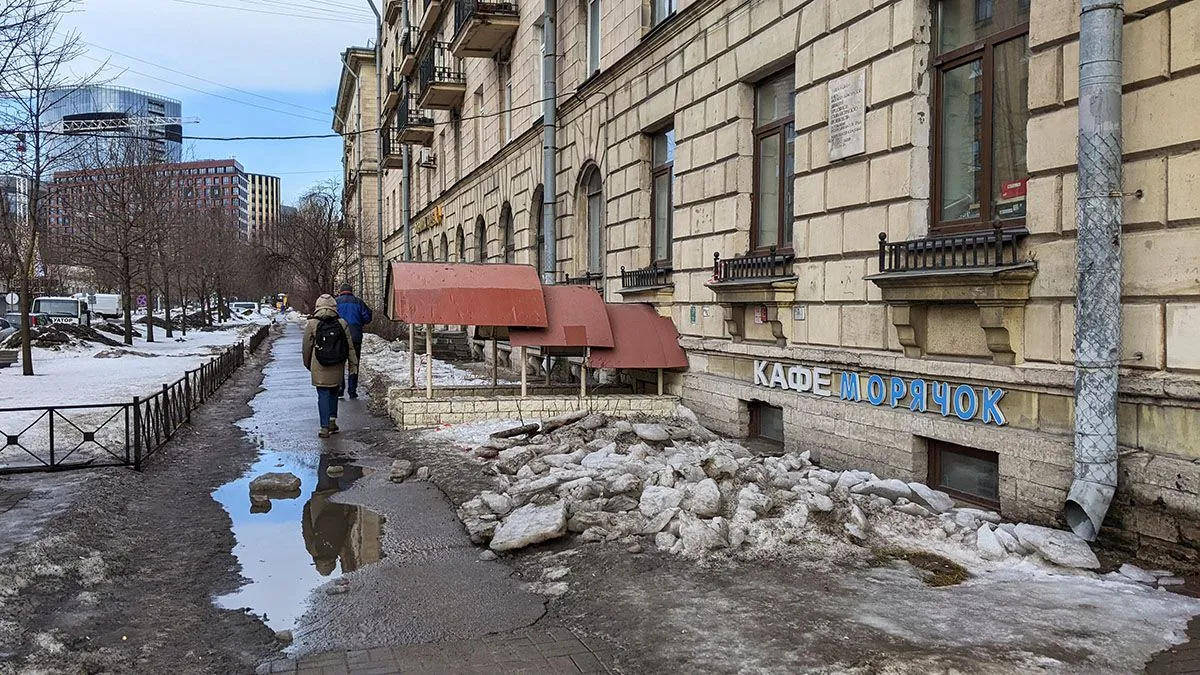
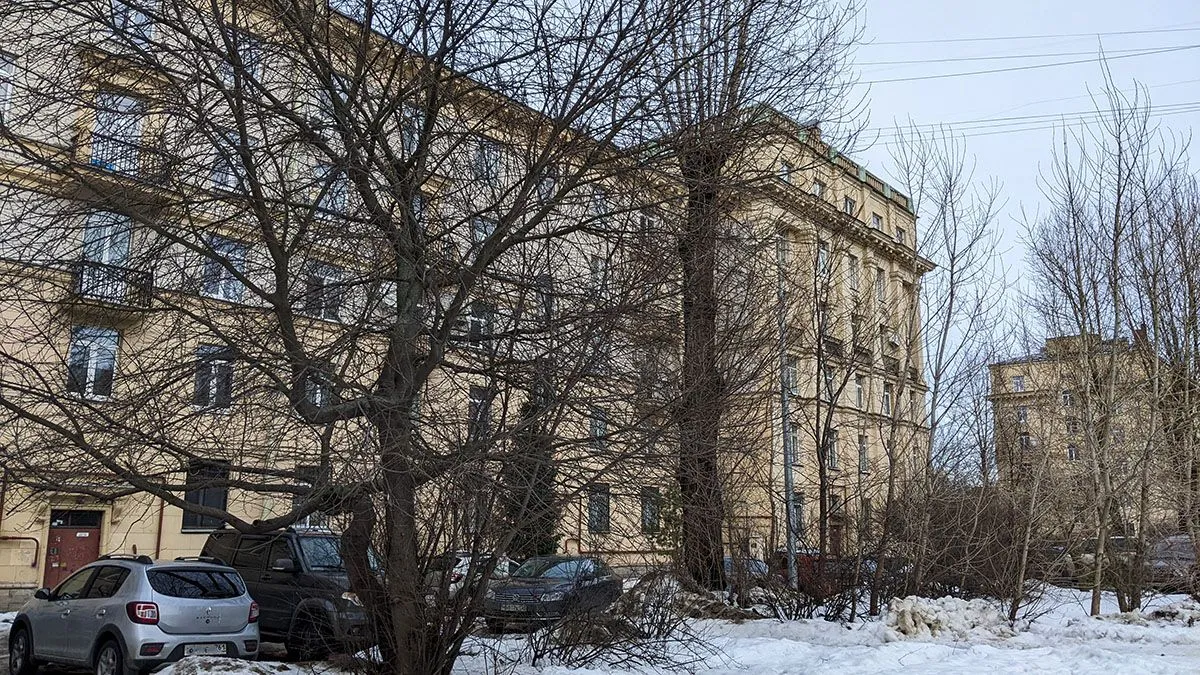
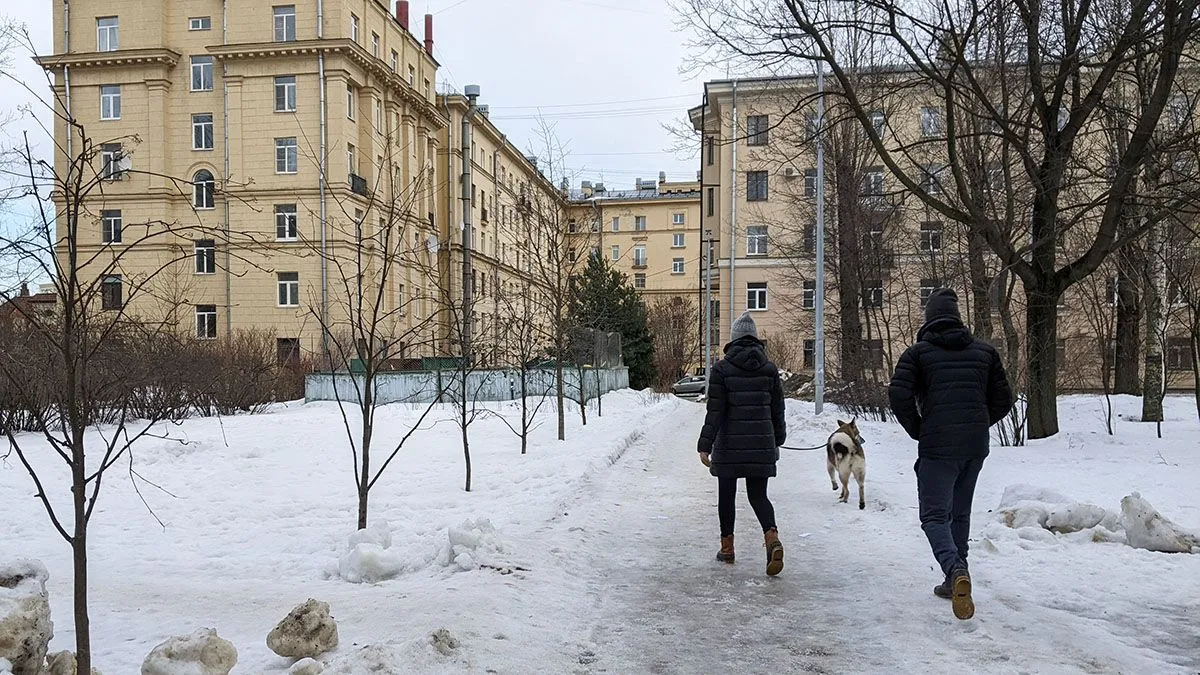
Now the area looks different. The main development of this area is the houses of the mid-twentieth century. These buildings look interesting, they are comfortable to live in. Unfortunately, because they weren't built very long ago, the Monument Preservation Committee didn't take them under their protection. Therefore, a lot of later, late 20th century and modern buildings have grown between the mid-20th century buildings. The result is an architectural mixture of different eras. On the way to the bridge, I took a few photos that gave a general idea.
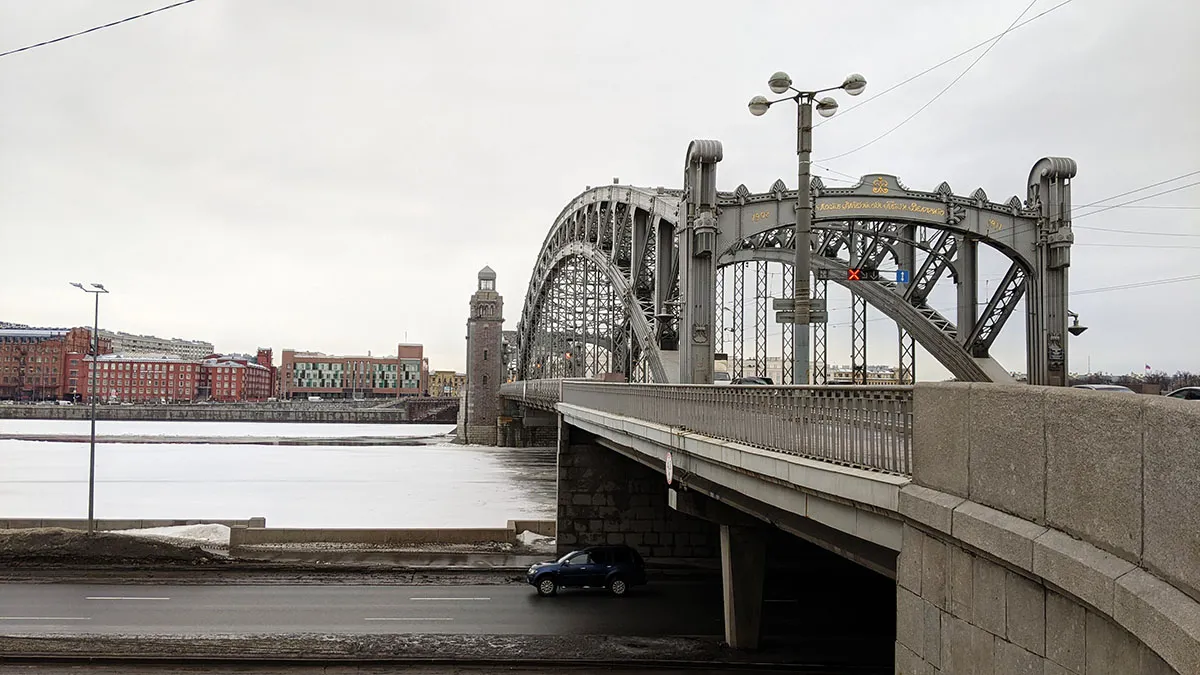
I approached the bridge after this short walk. There are cars whizzing along the embankment, along the water, that don't have to cross to the other side. The bridge structures start a little earlier and allow me to walk not only over the water of the Neva River but also above this car traffic.
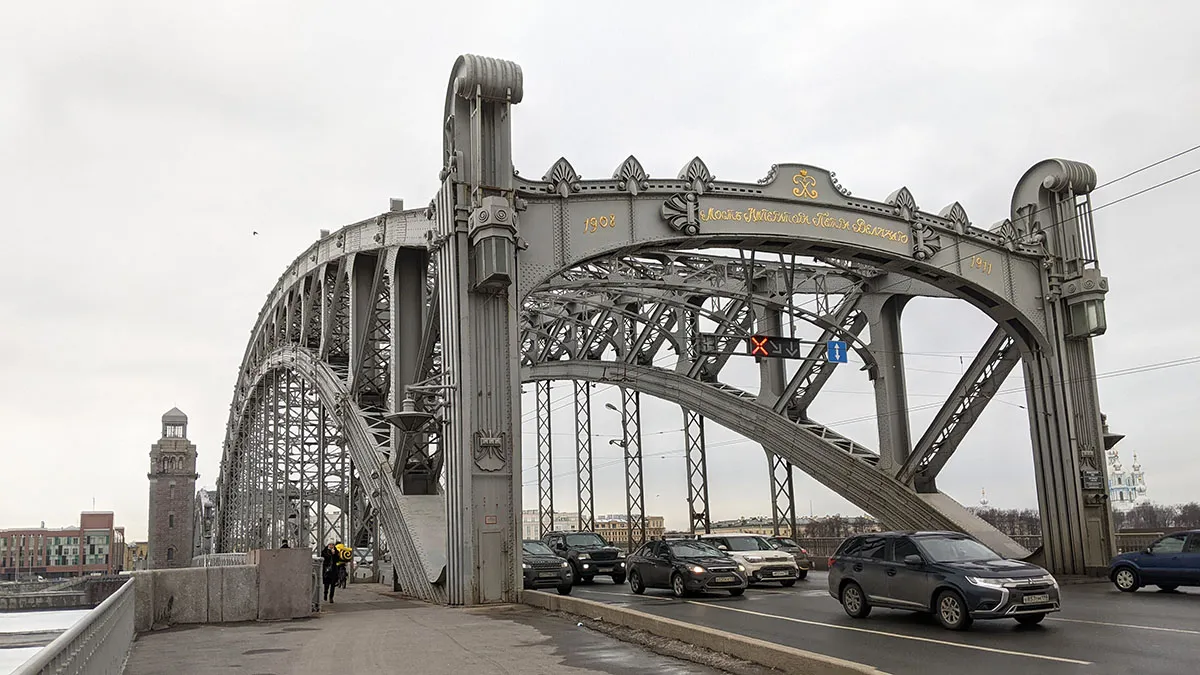
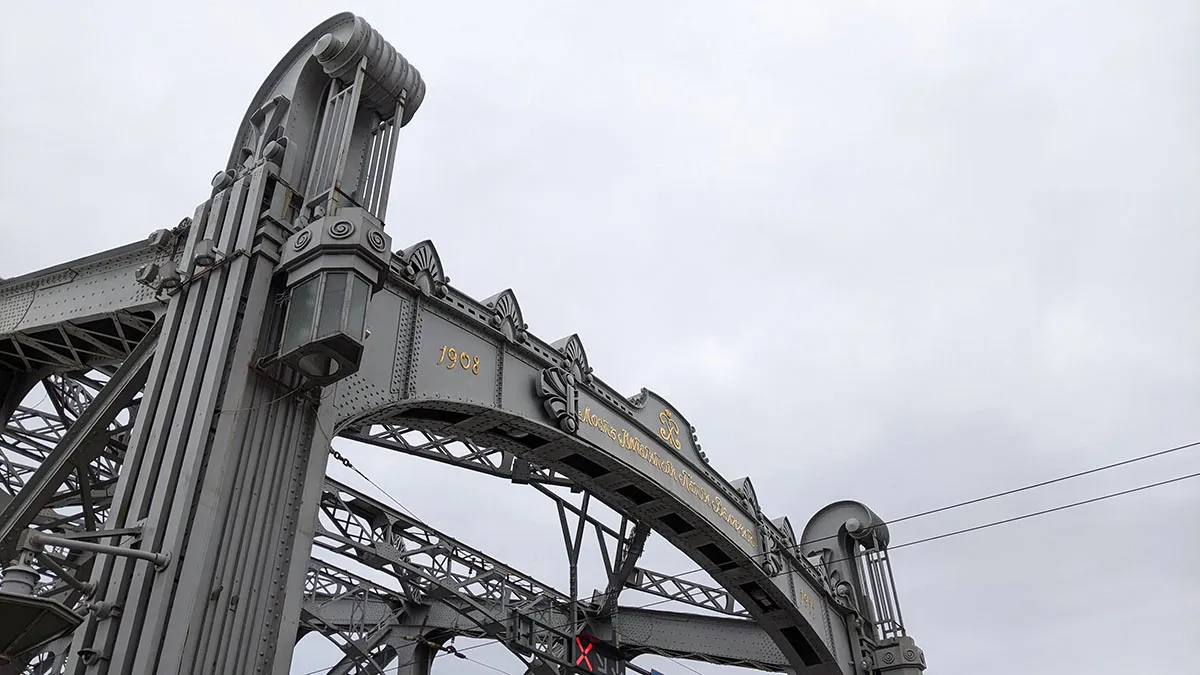
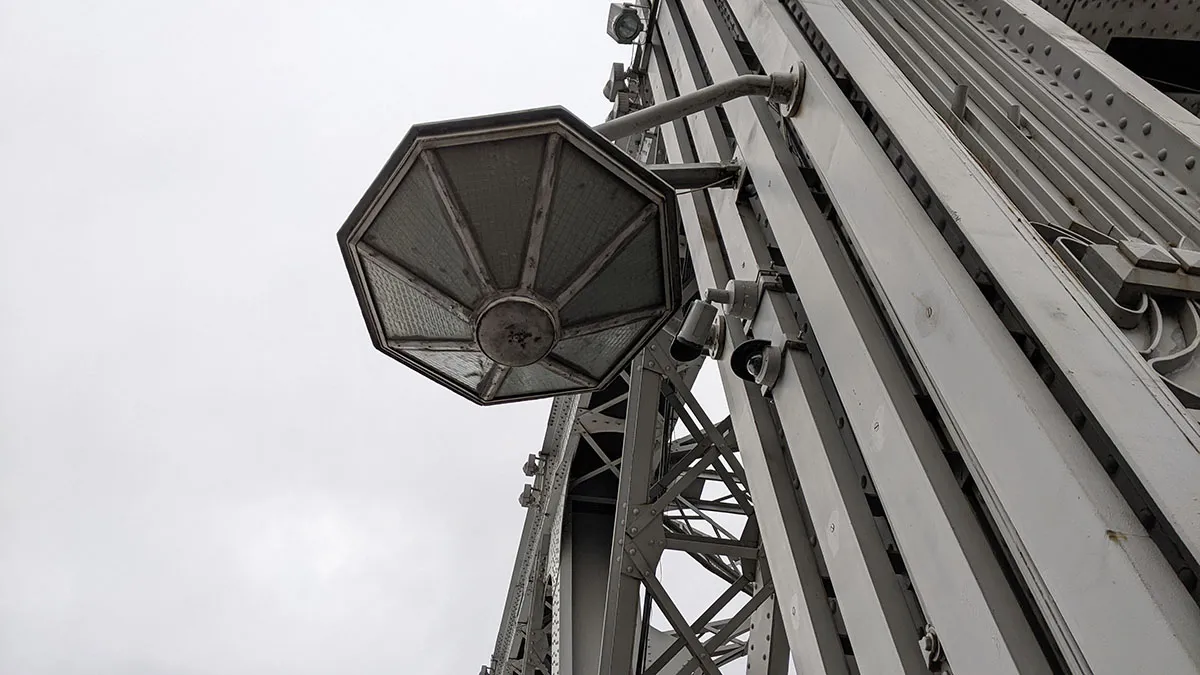
The main architectural monument of the district is a bridge that joined two banks of the Neva River and gave an impetus to the development of the district. It was built in 1909 and named after after Emperor Peter the Great. During Soviet times it was decided that the Emperor's name couldn't be used for the bridge, and it was renamed Bolsheokhtinsky. But you can see the old name on the bronze plaques that are attached to the towers of the bridge.


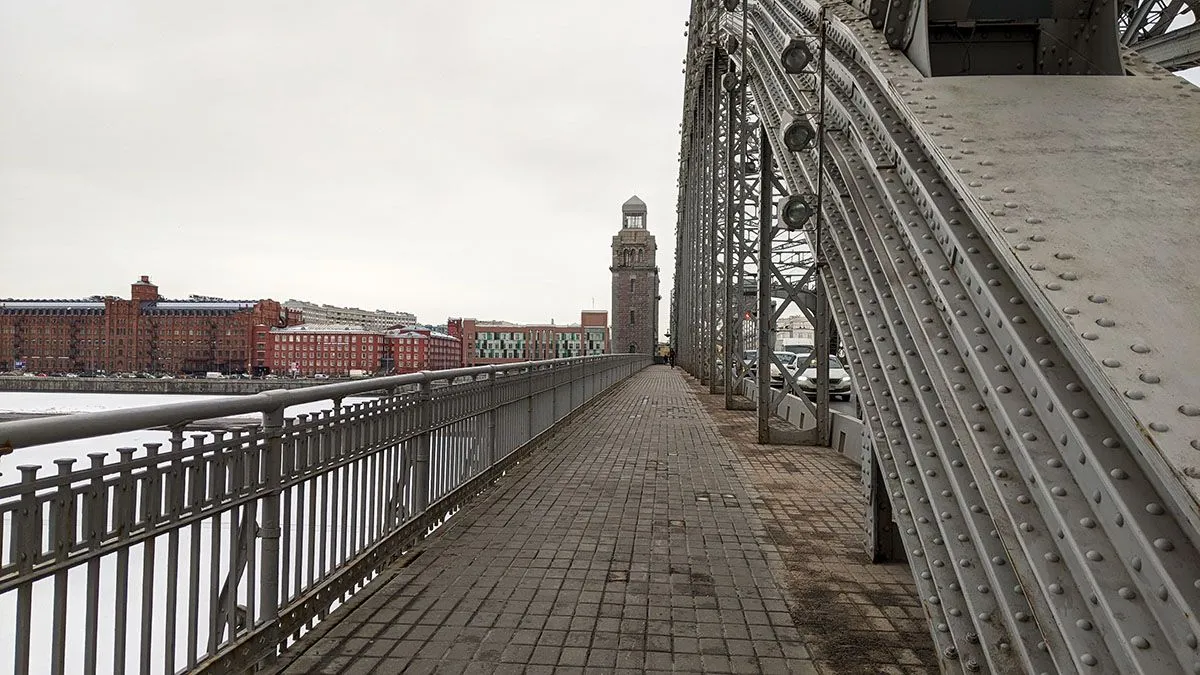
The bridge was built in the Modern style. There was a building boom in St Petersburg at the end of the 19th century, and in the following decades a lot of new buildings were built, some in the eclectic style, but most architects worked in the Art Nouveau style.
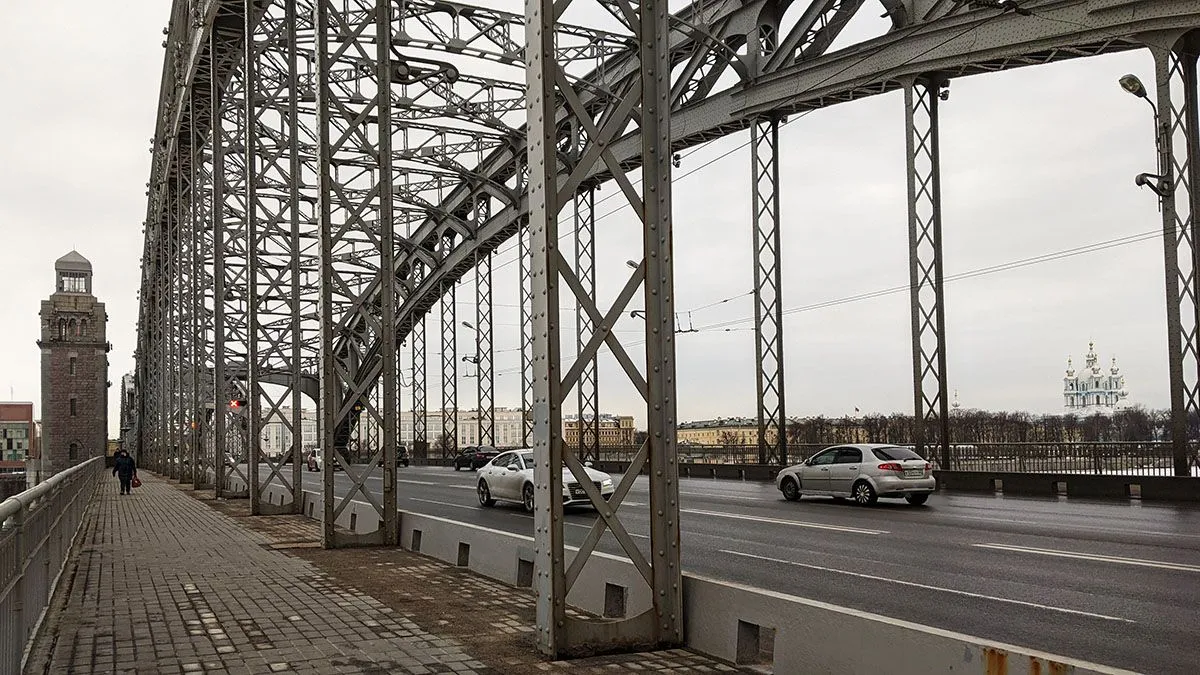
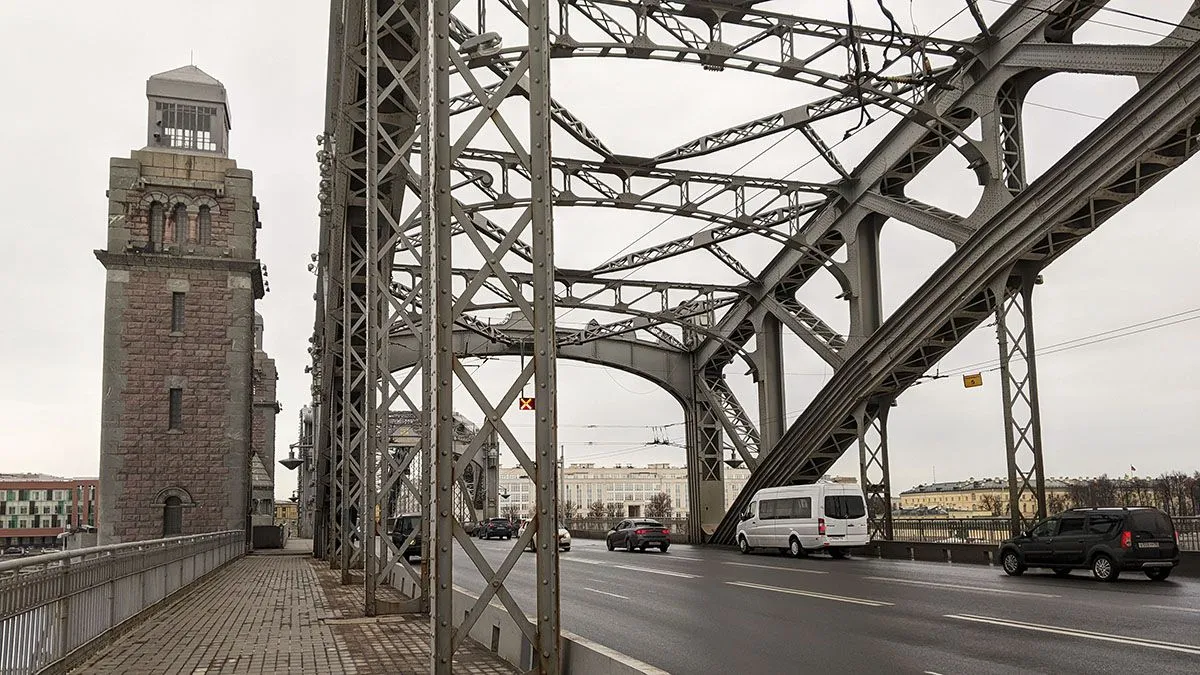
The challenge of building bridges over the Neva was that the Neva is a navigable river and serves as a busy trade route. It was necessary to keep the passage of tall ships from the Gulf of Finland to Lake Ladoga and back. The middle span of the bridge is a bascule, and on summer nights this span is unfurled, no longer an obstacle to navigation. The beautiful towers around the edges of the bridge are not just decorative ornaments. Inside the towers is a special mechanism for operating the bridge.
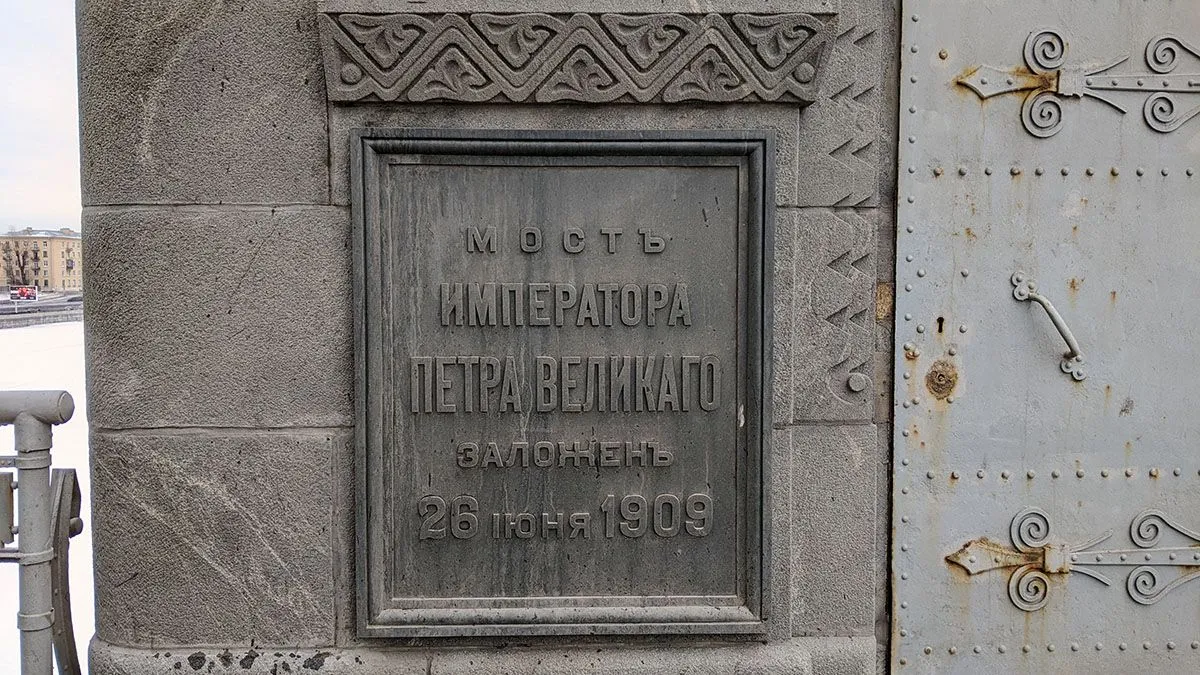
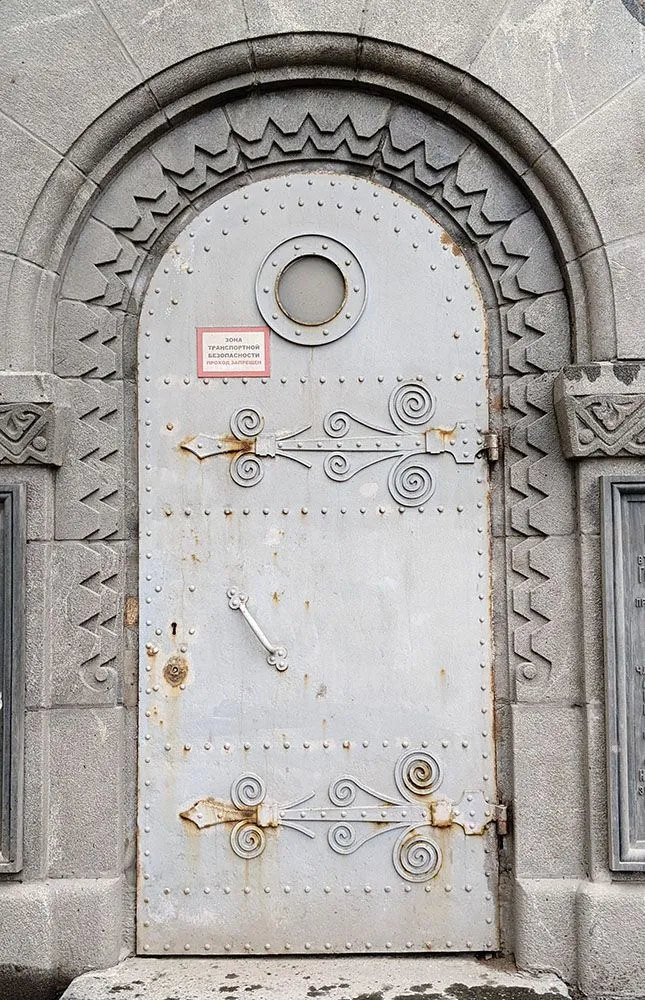
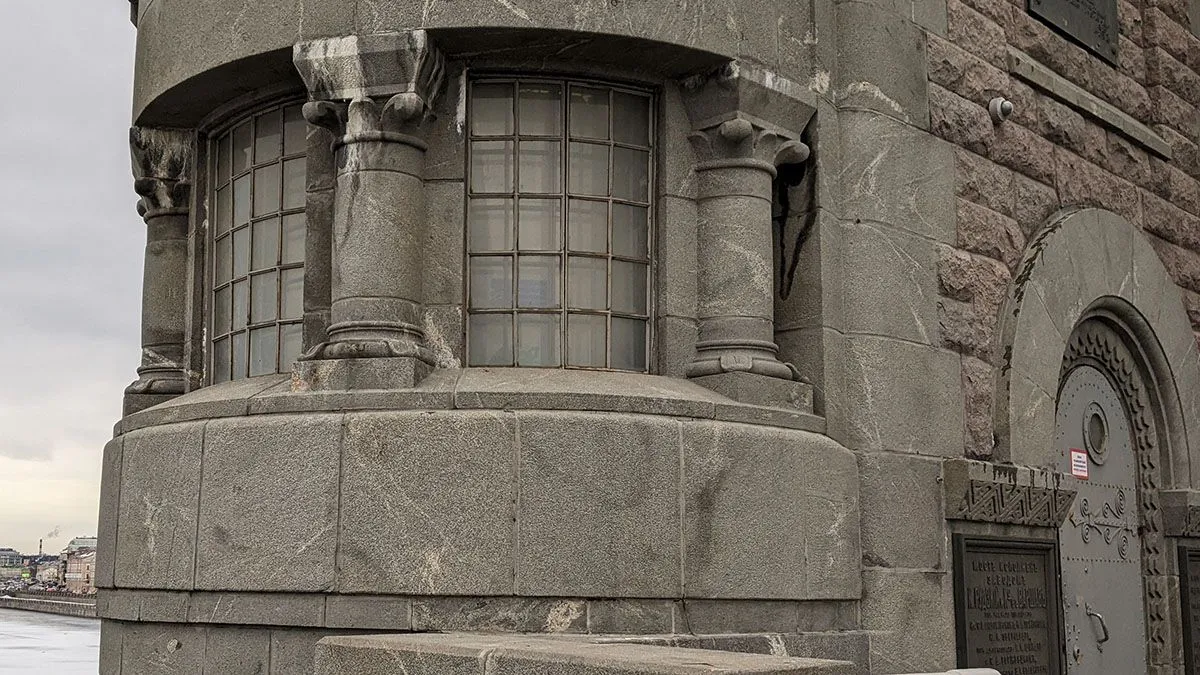
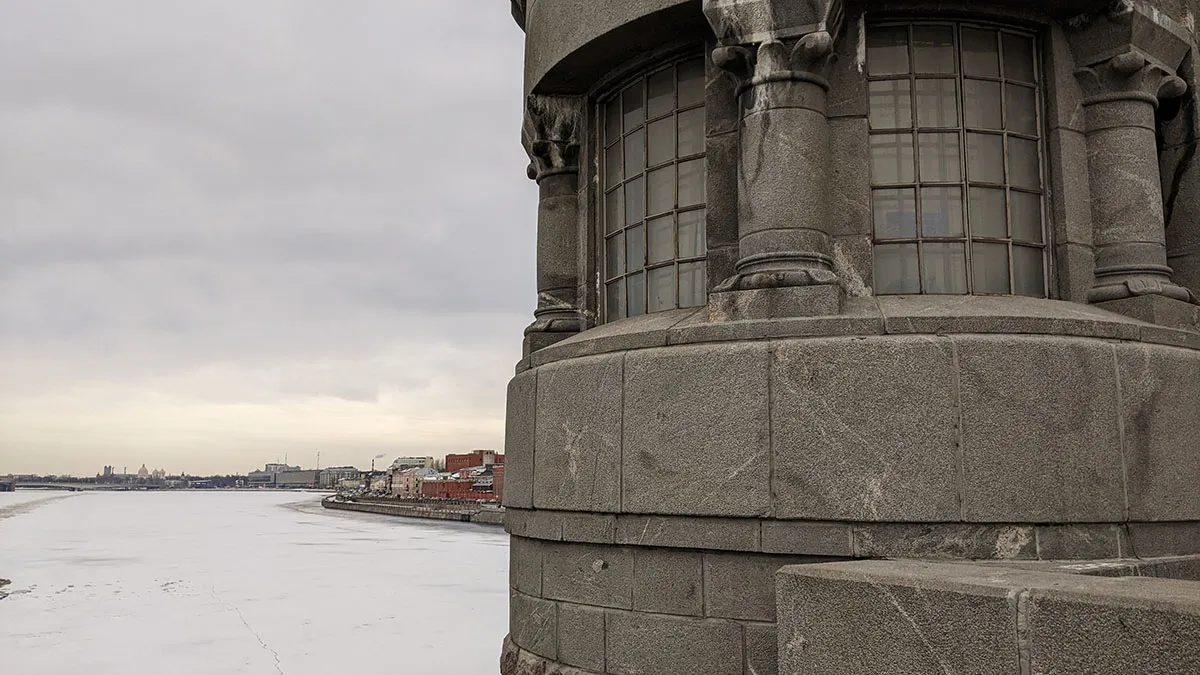
The bridge offers beautiful views of both banks of the Neva. Upstream you can see the ancient Smolny Monastery. You can see red-brick buildings downstream that used to be a paper mill and now is an office centre. In the back of the frame you can see the next bridge, and nearby the domes of the Alexander Nevsky Lavra. On the right bank, modern buildings of quirky architecture stand out among the twentieth-century buildings.

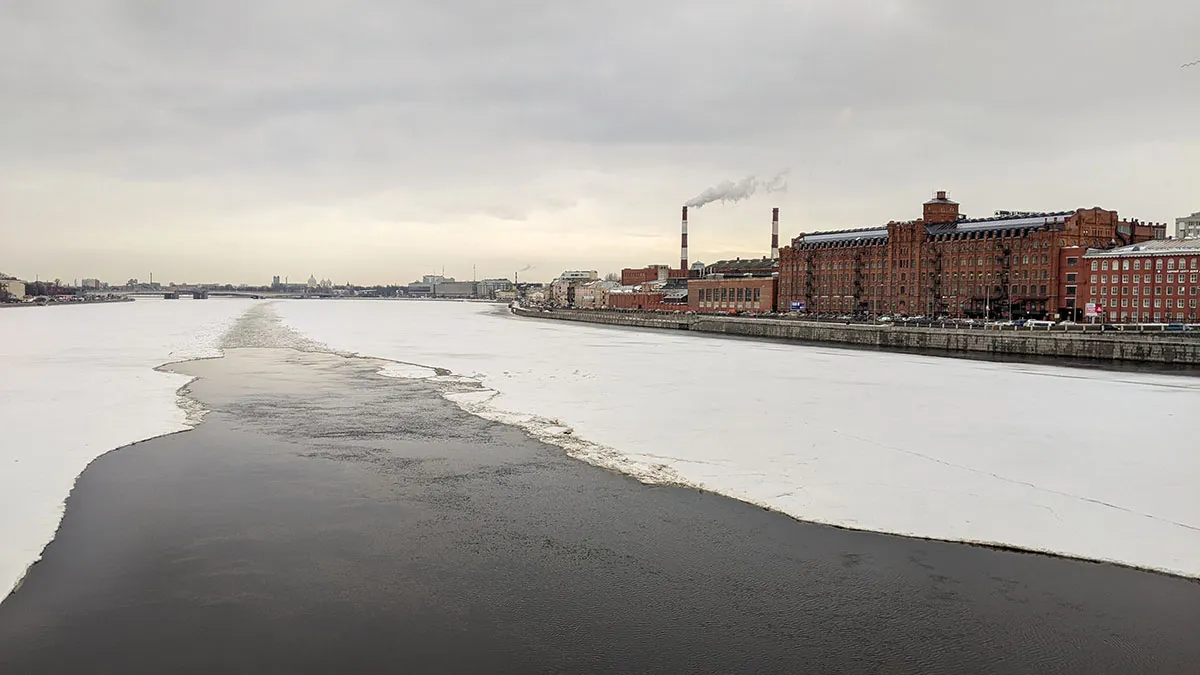
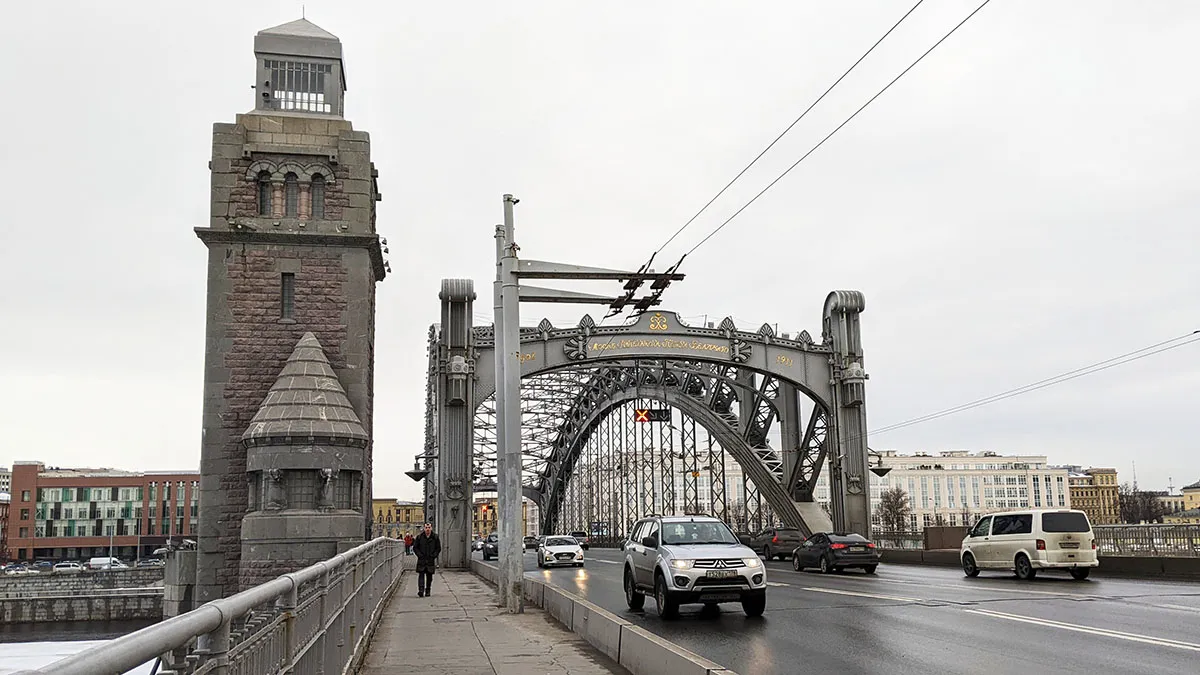
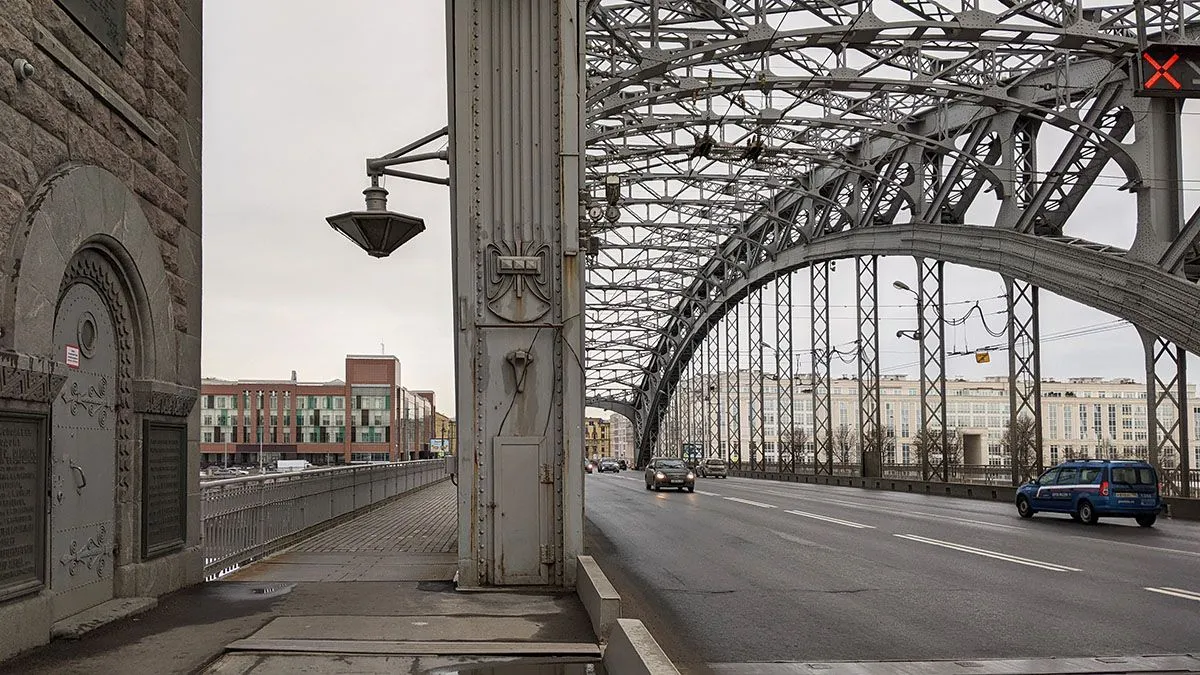
| ○ | ○ |
|---|---|
| Smartphone | Google Pixel 3a |
| Location | Saint Petersburg, Russia |
